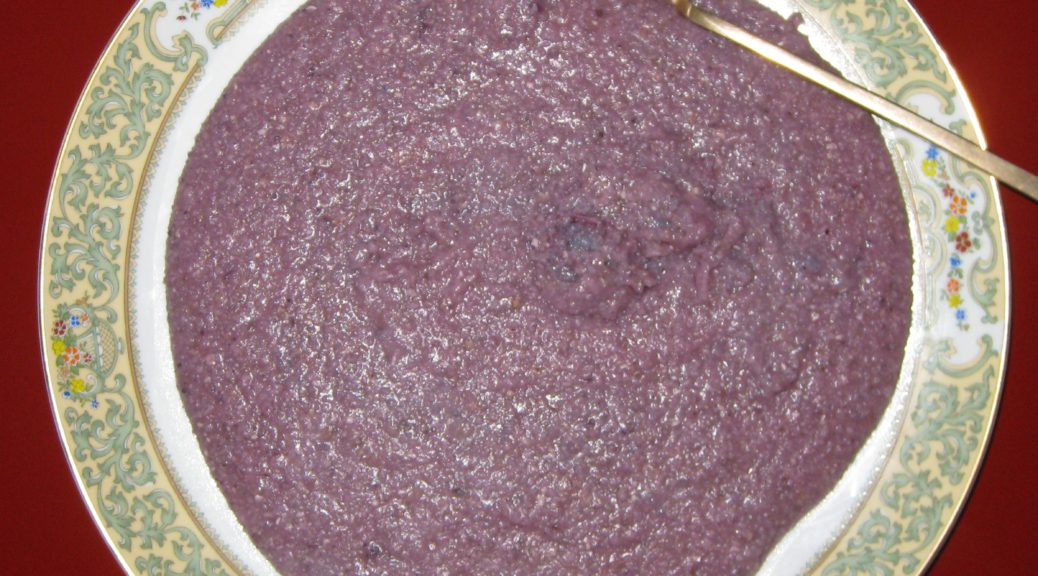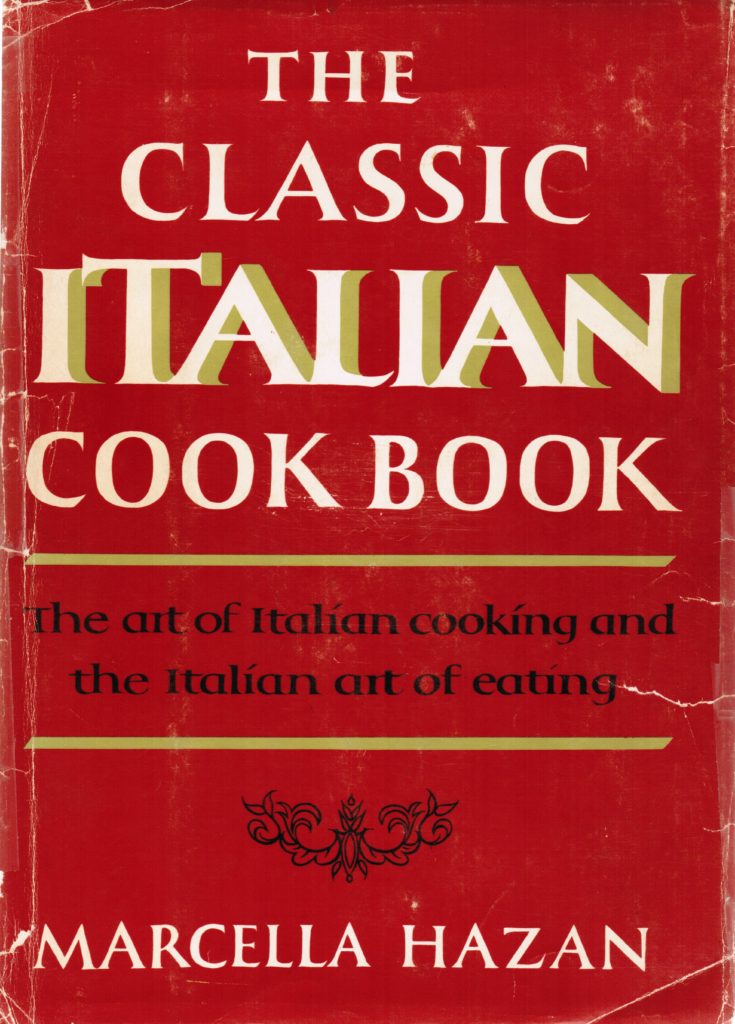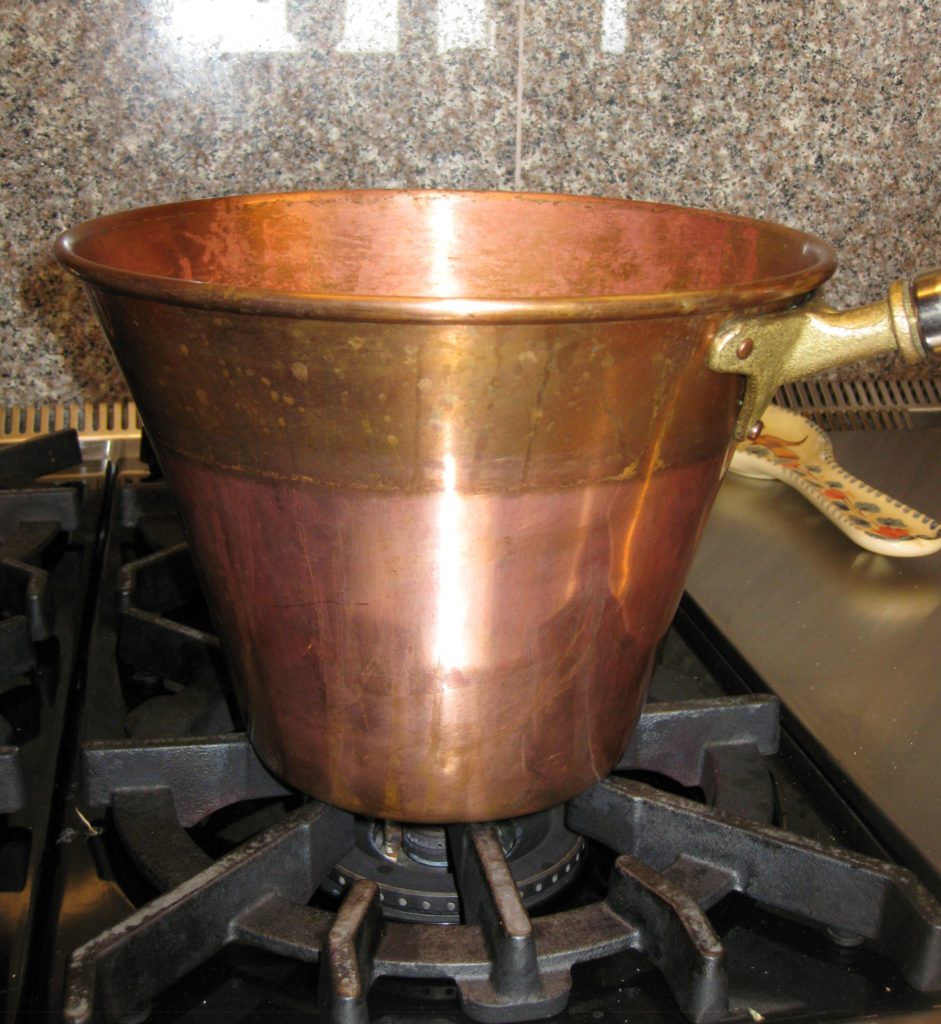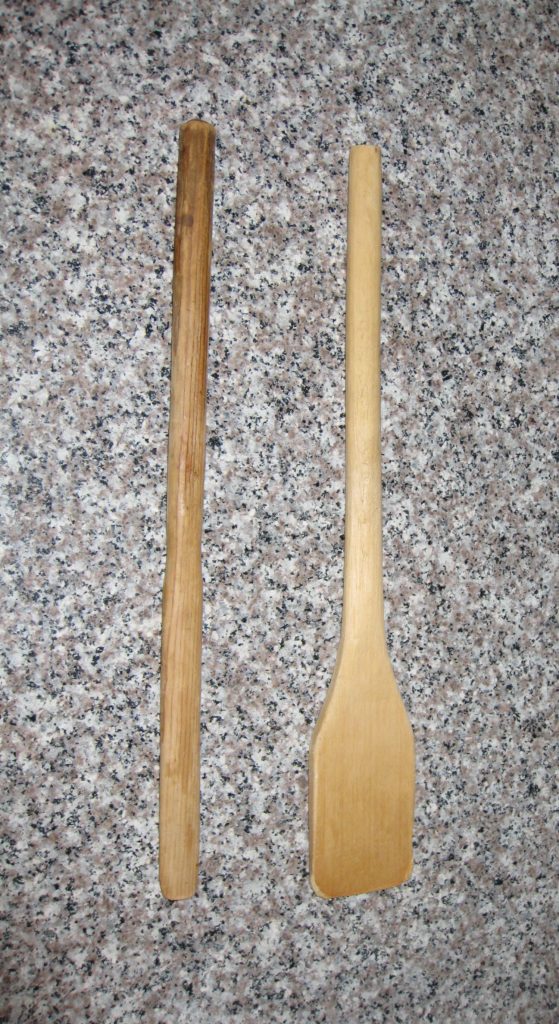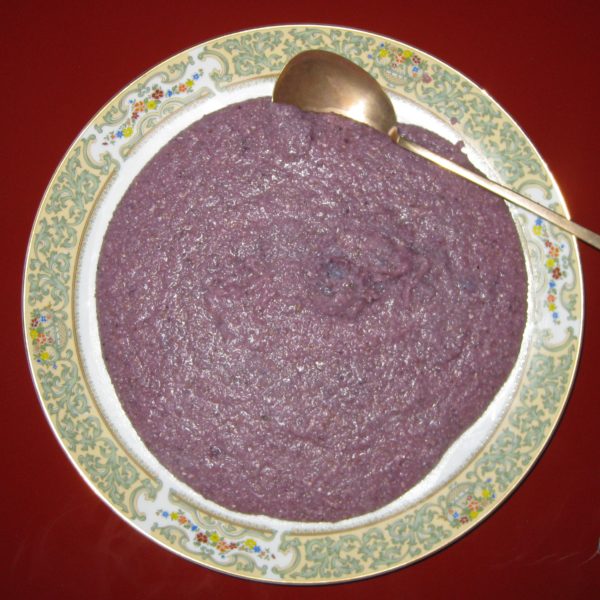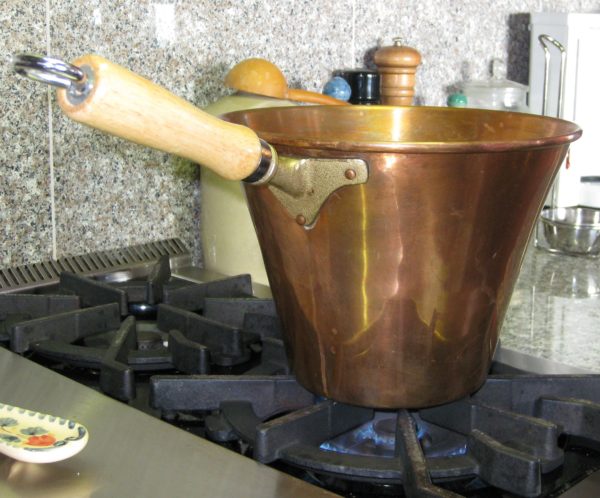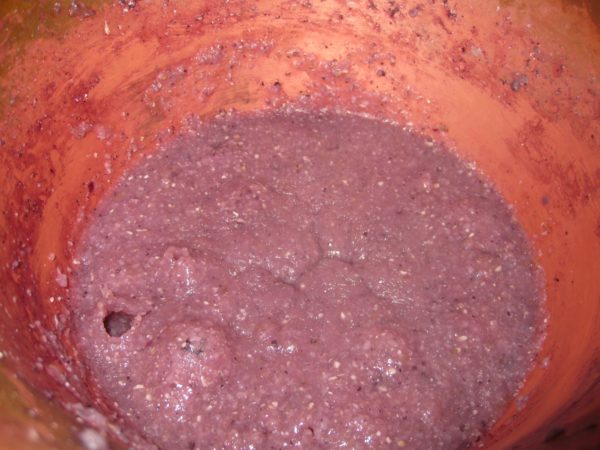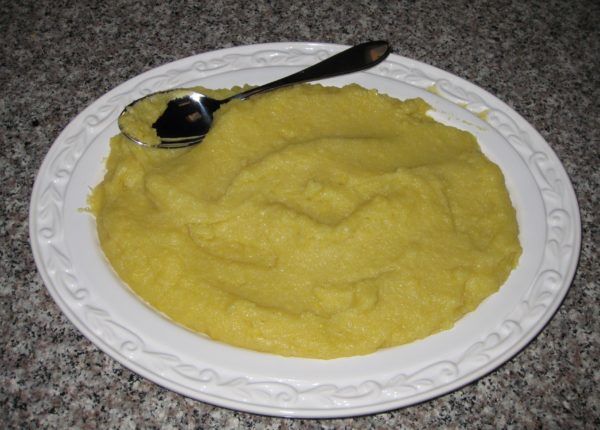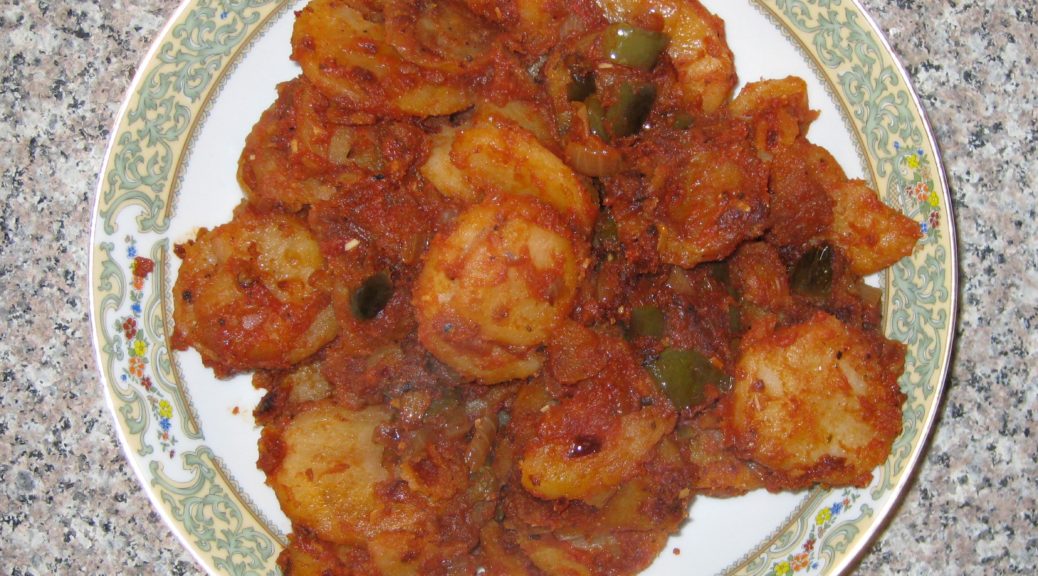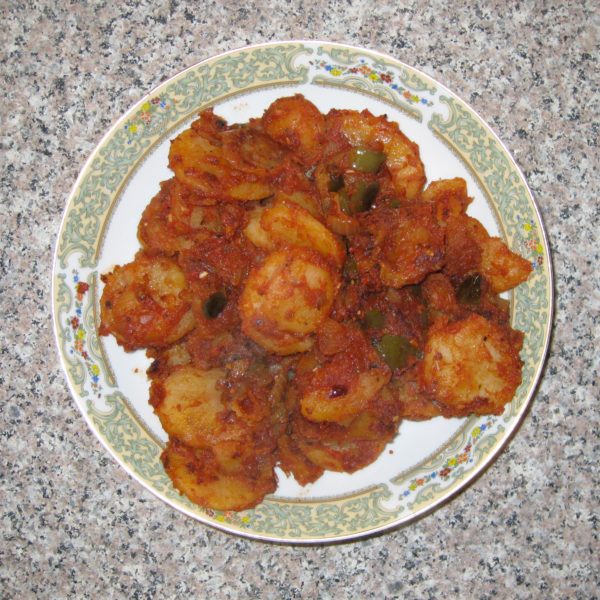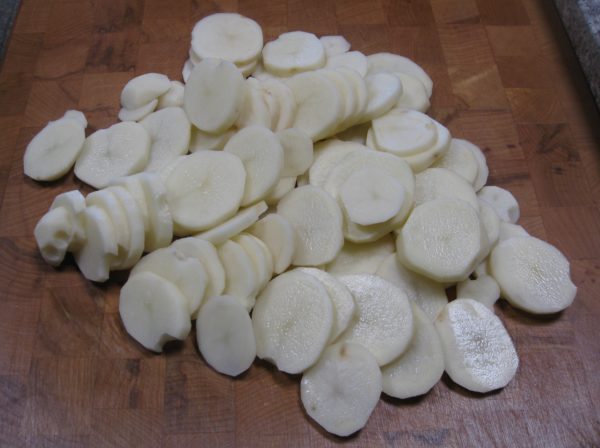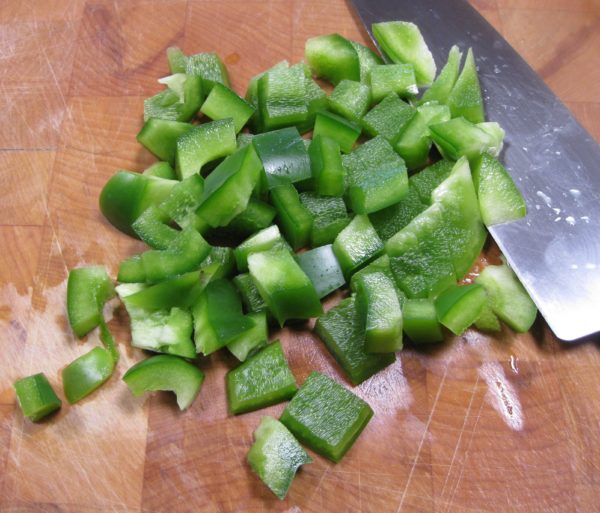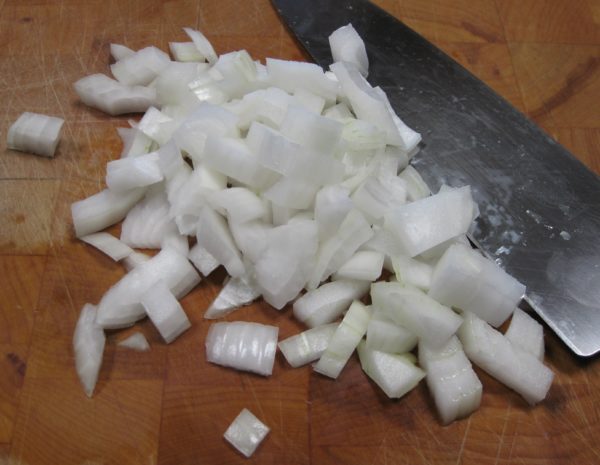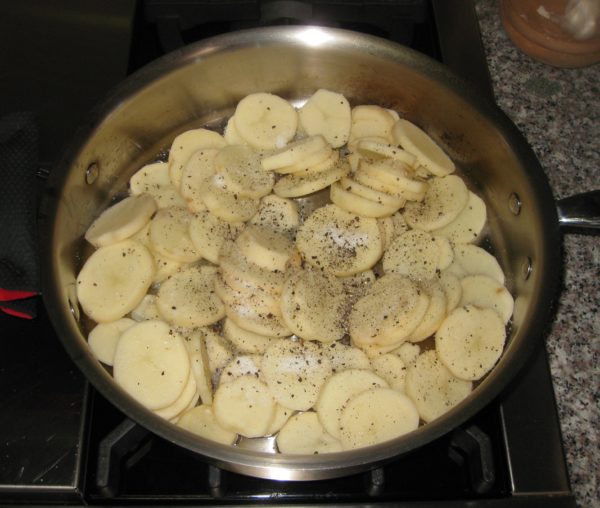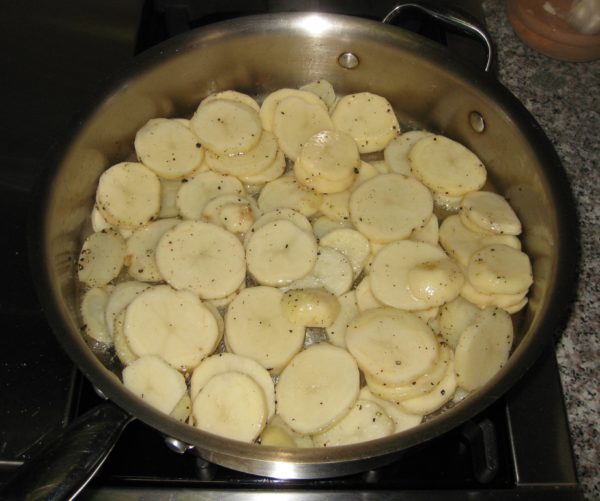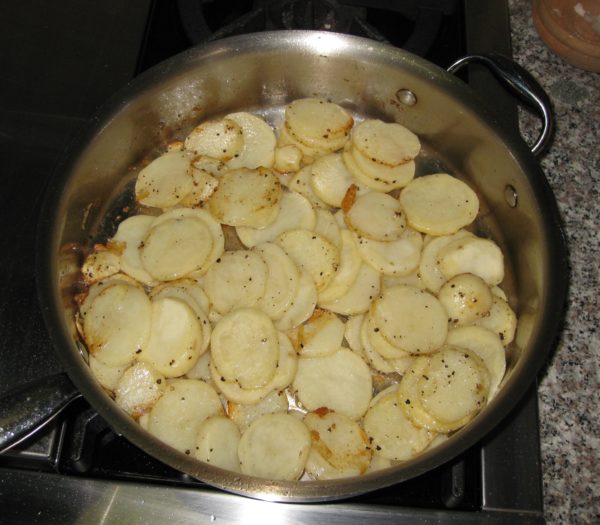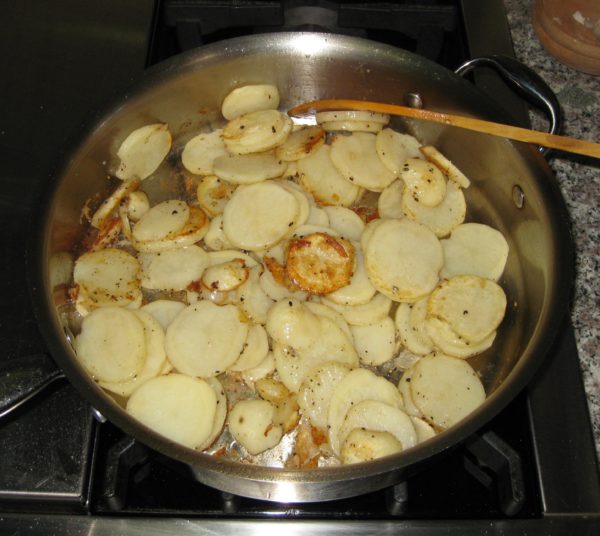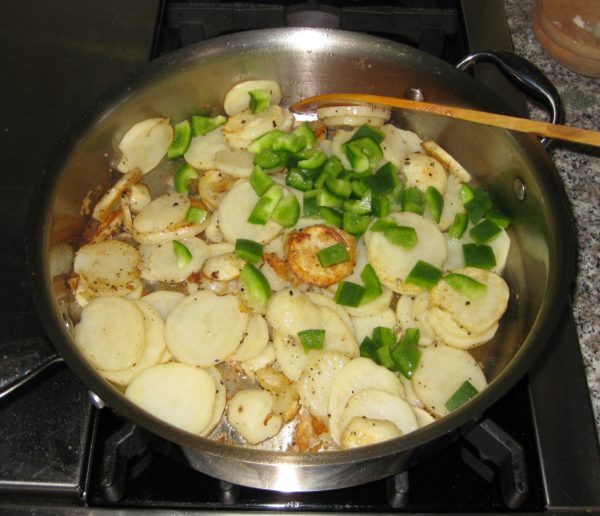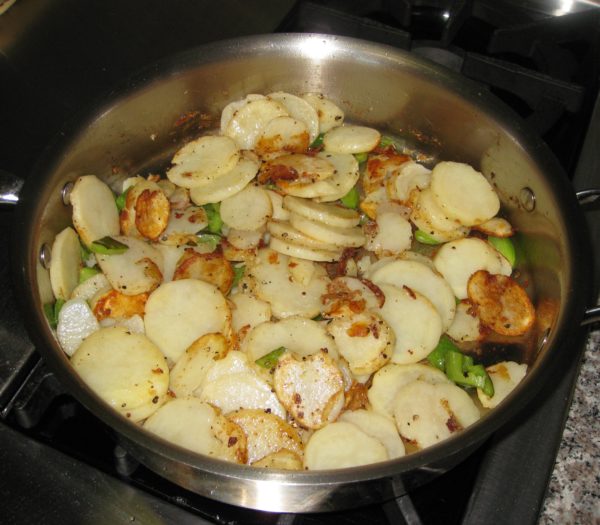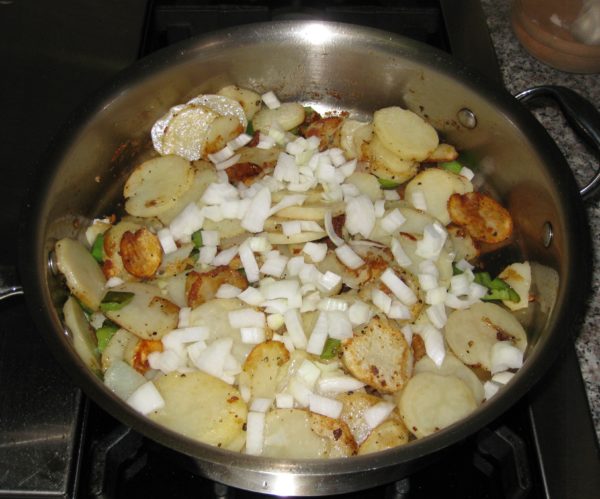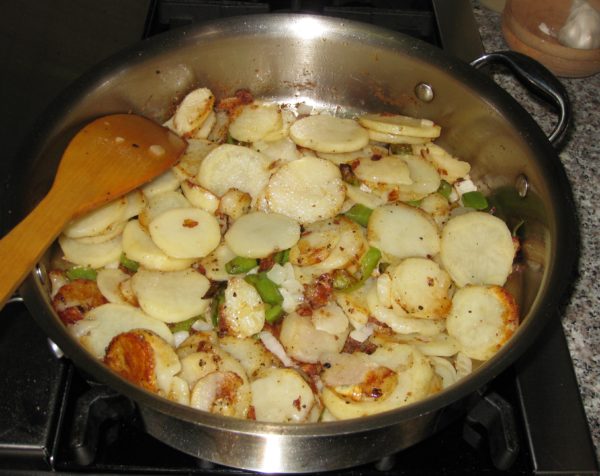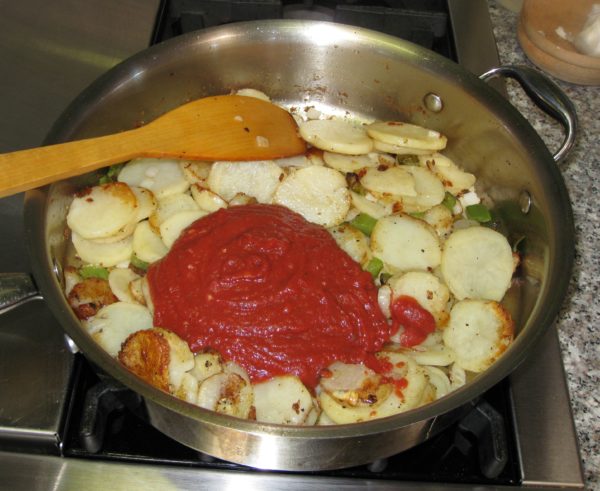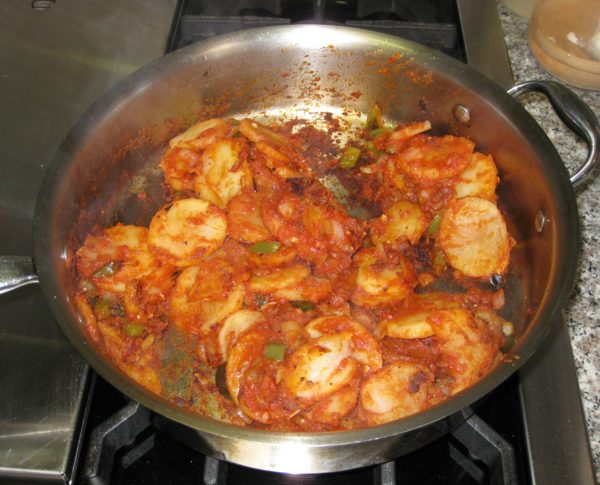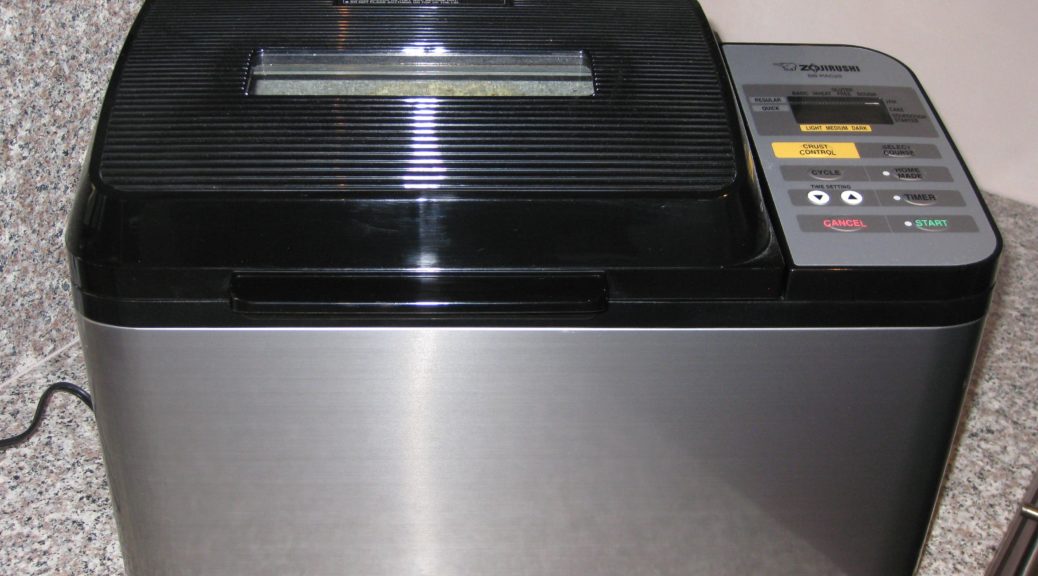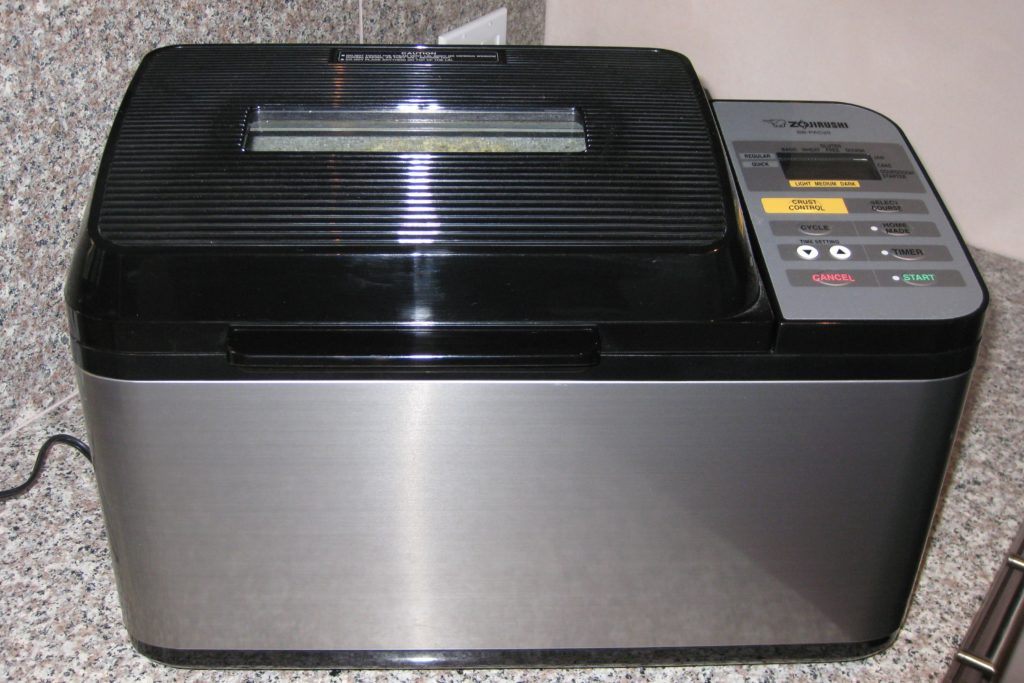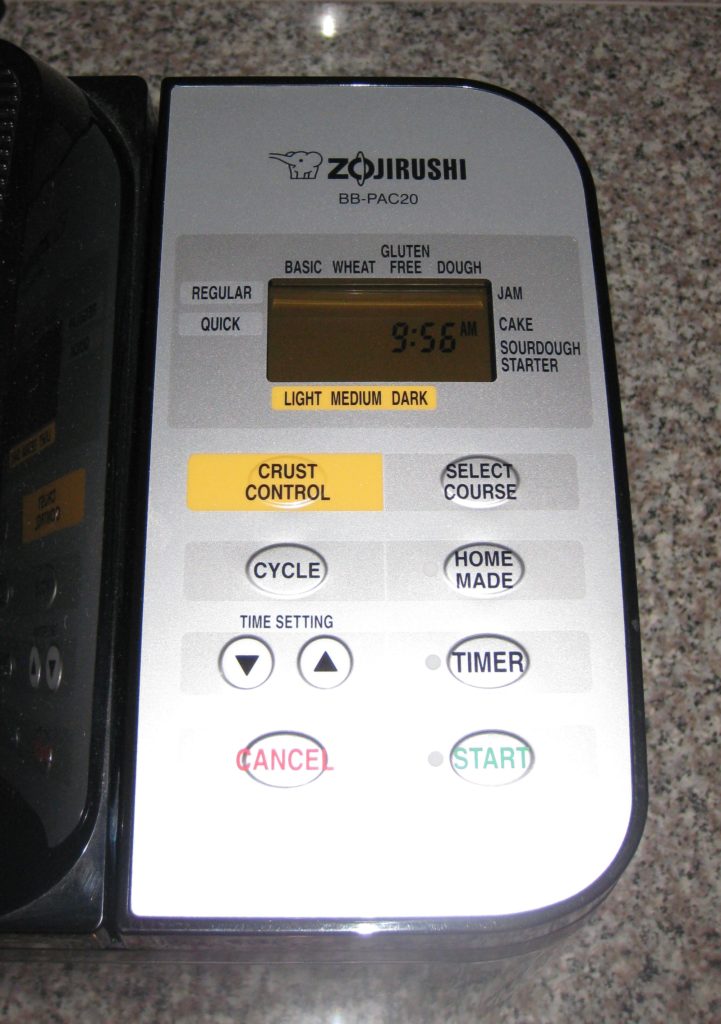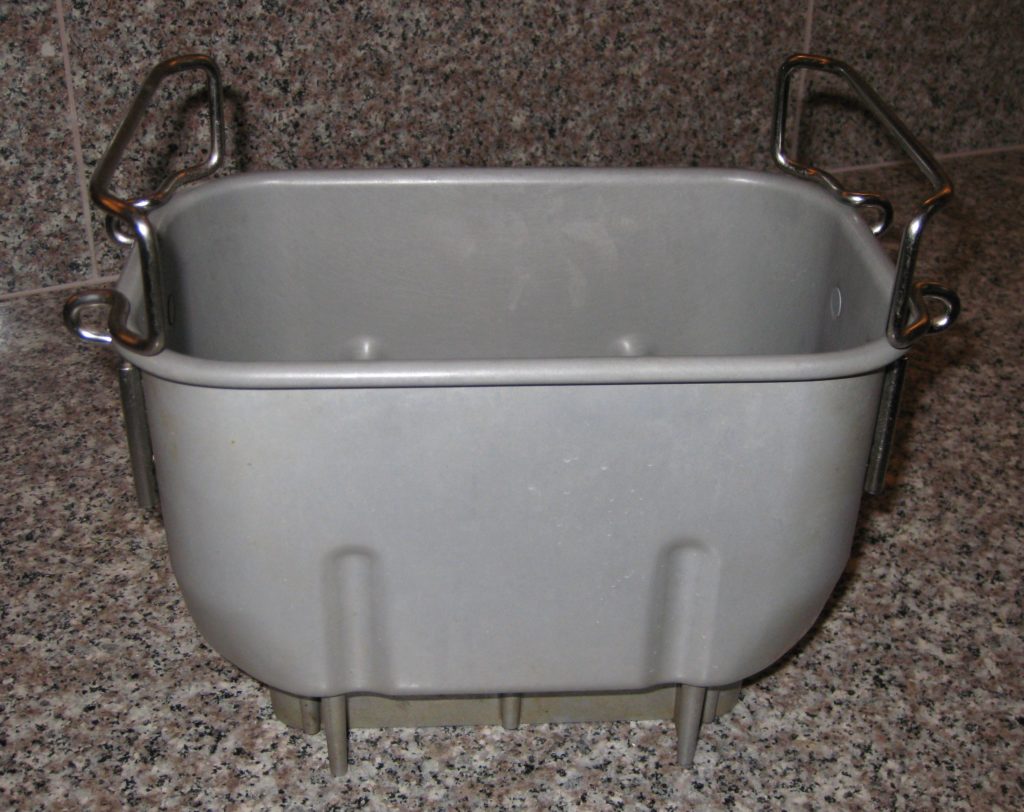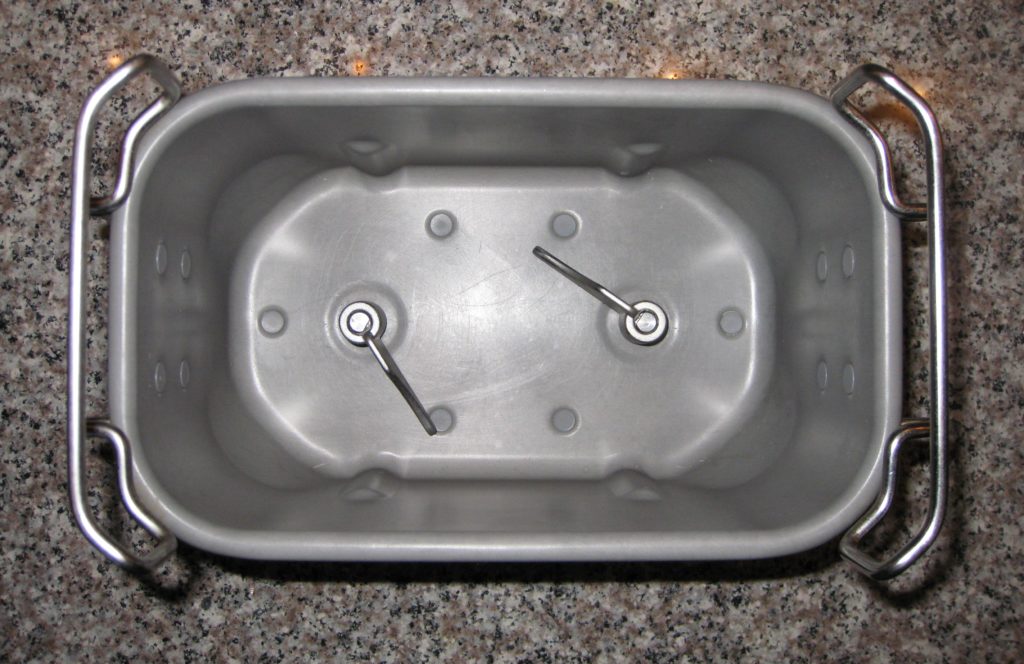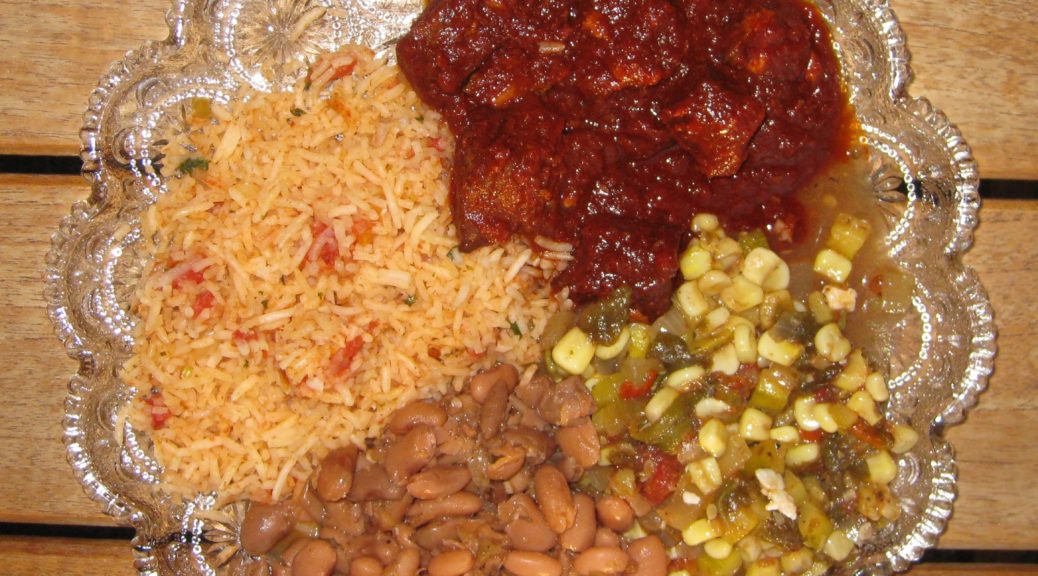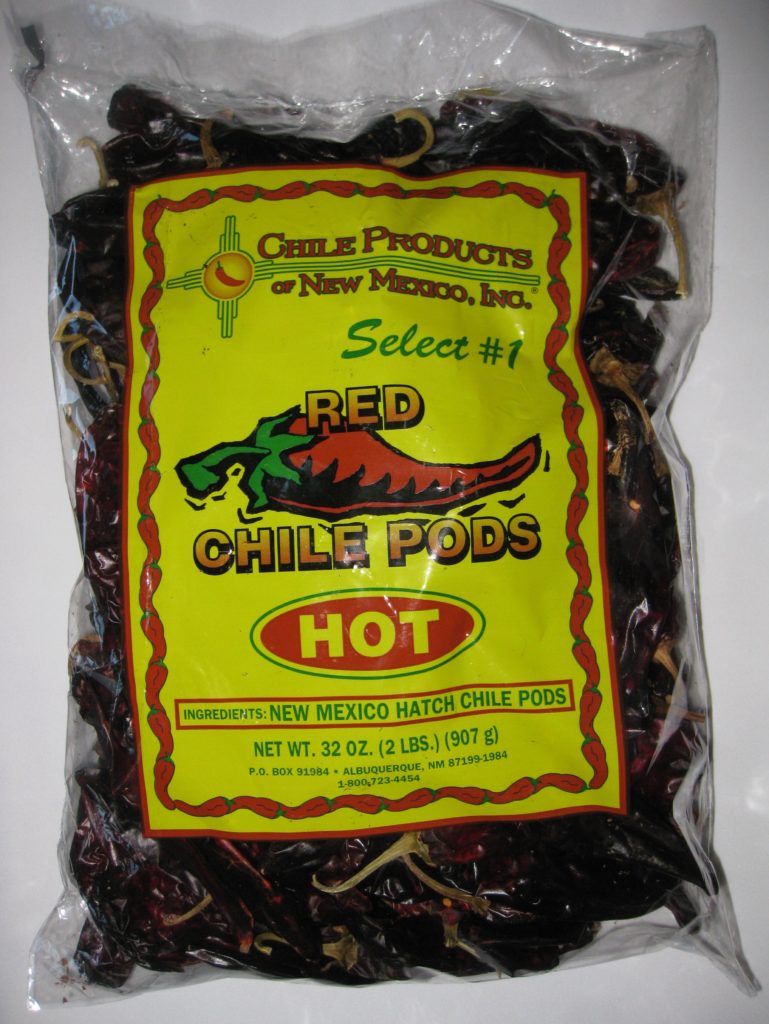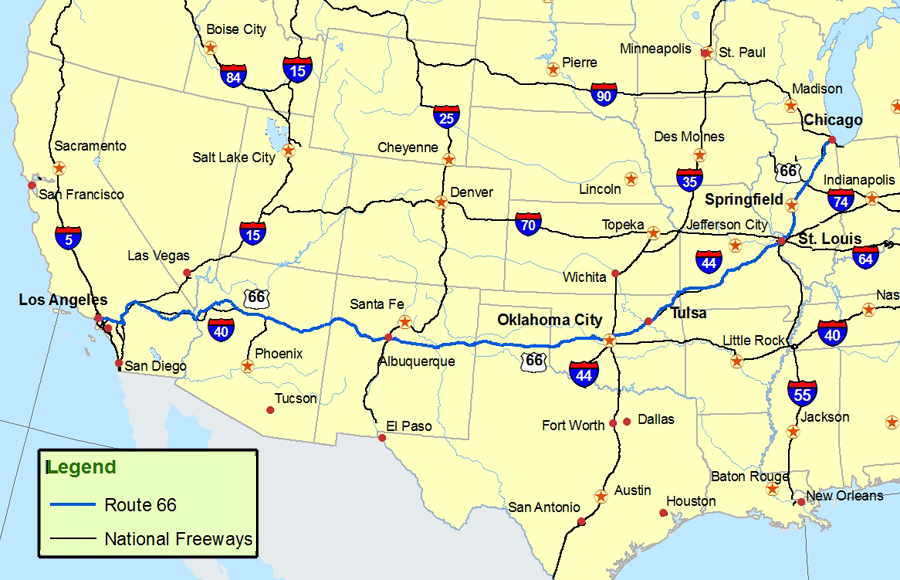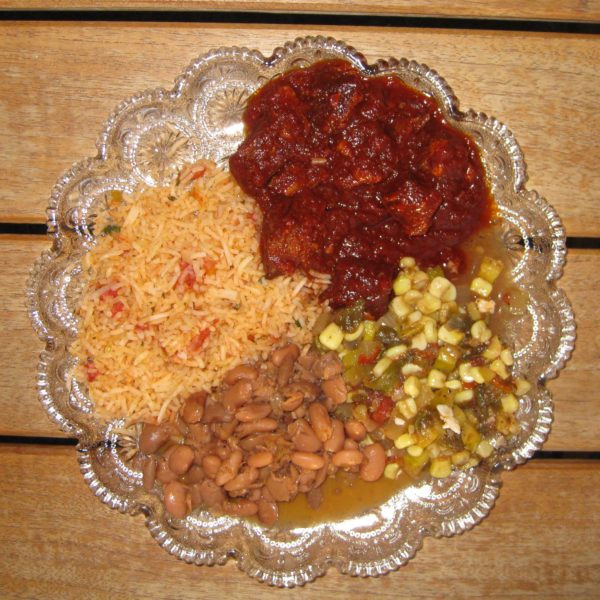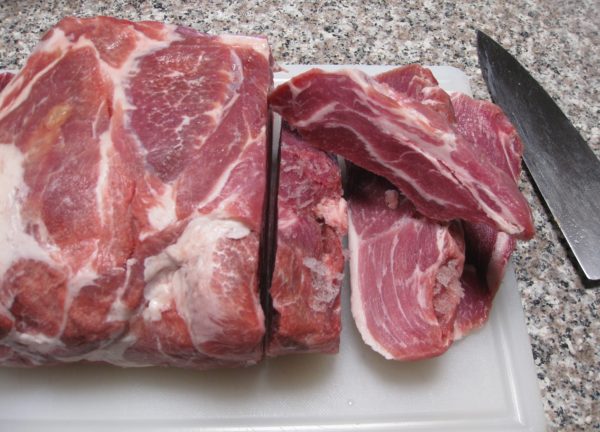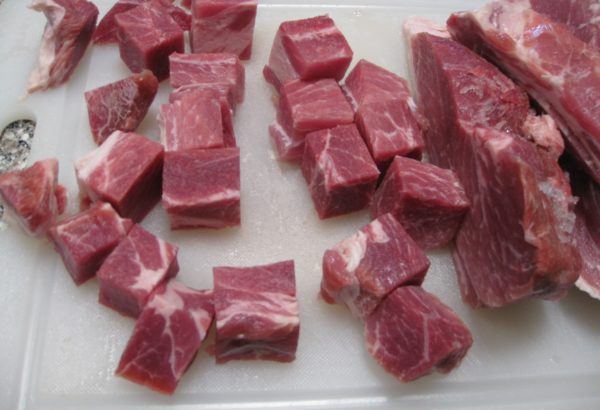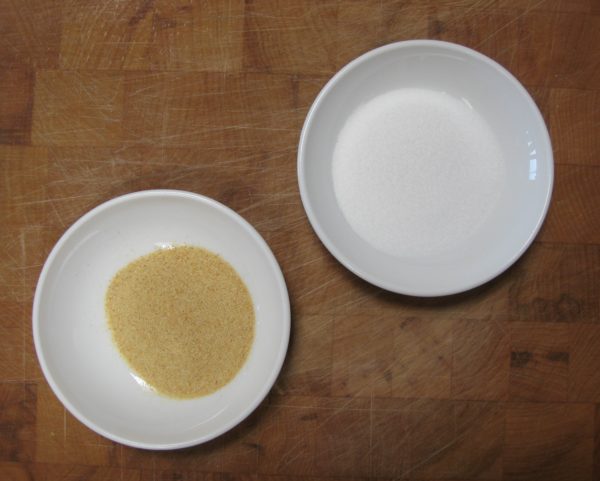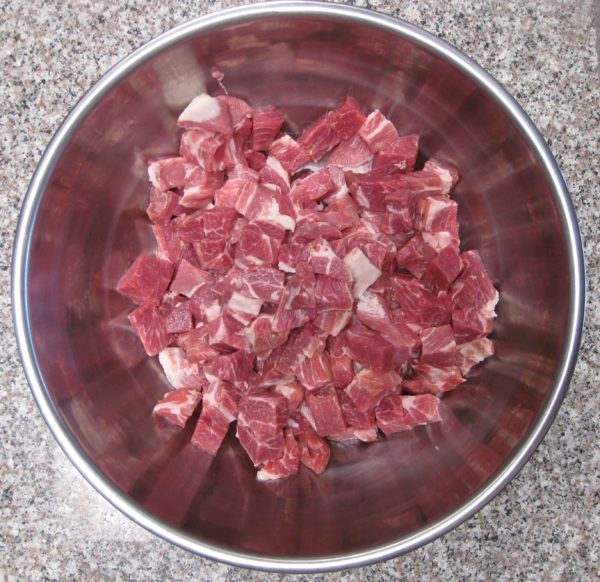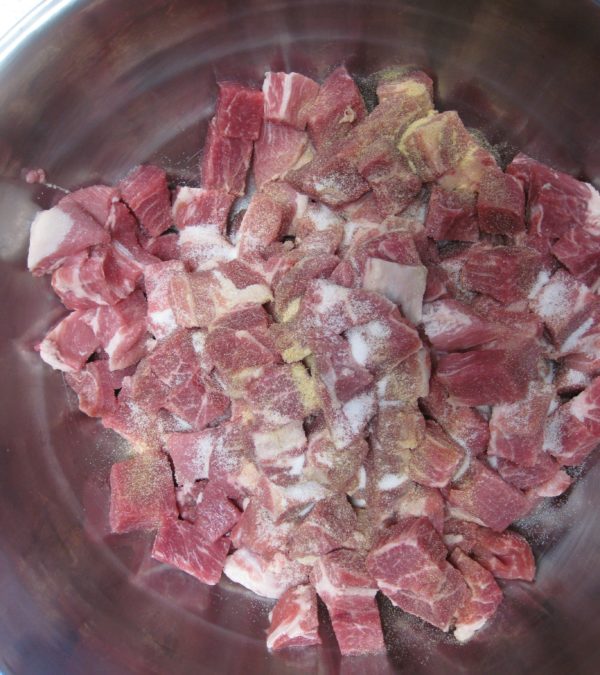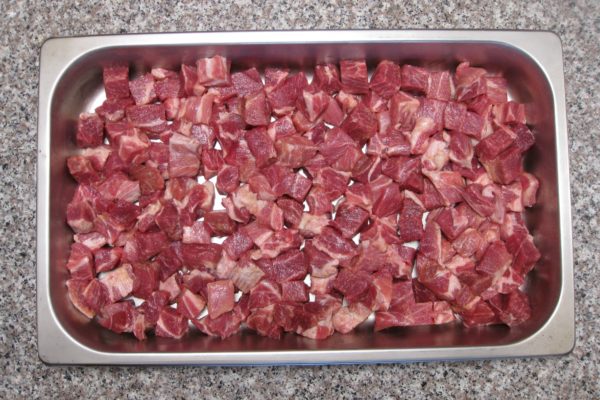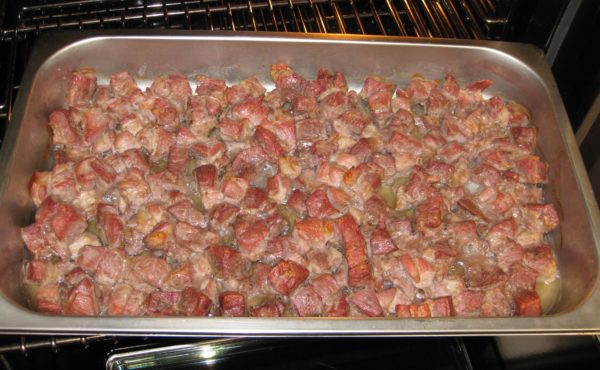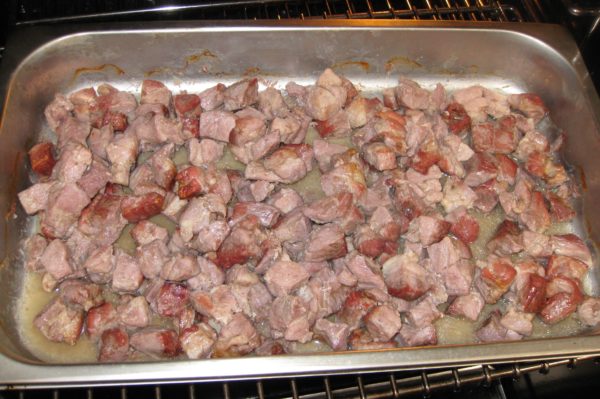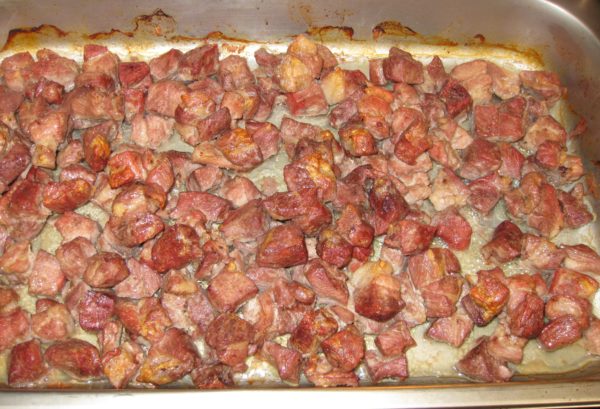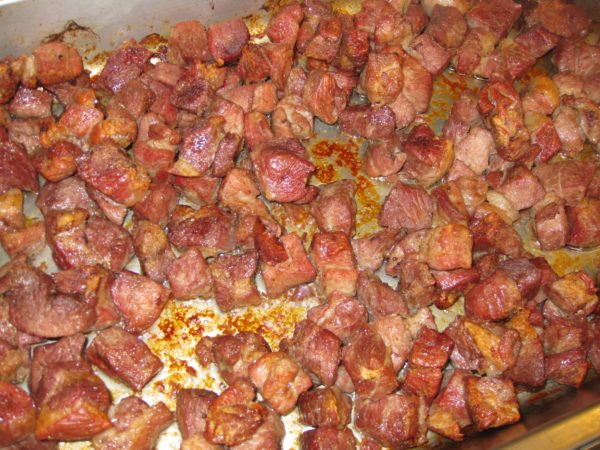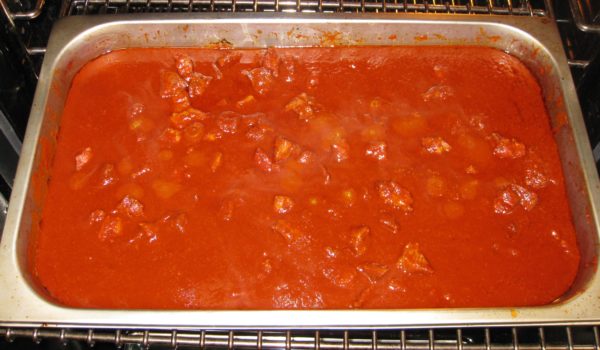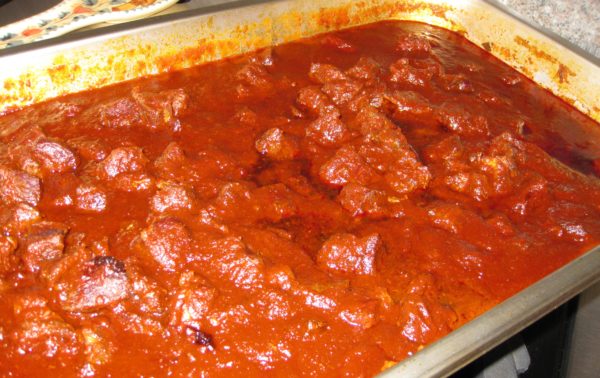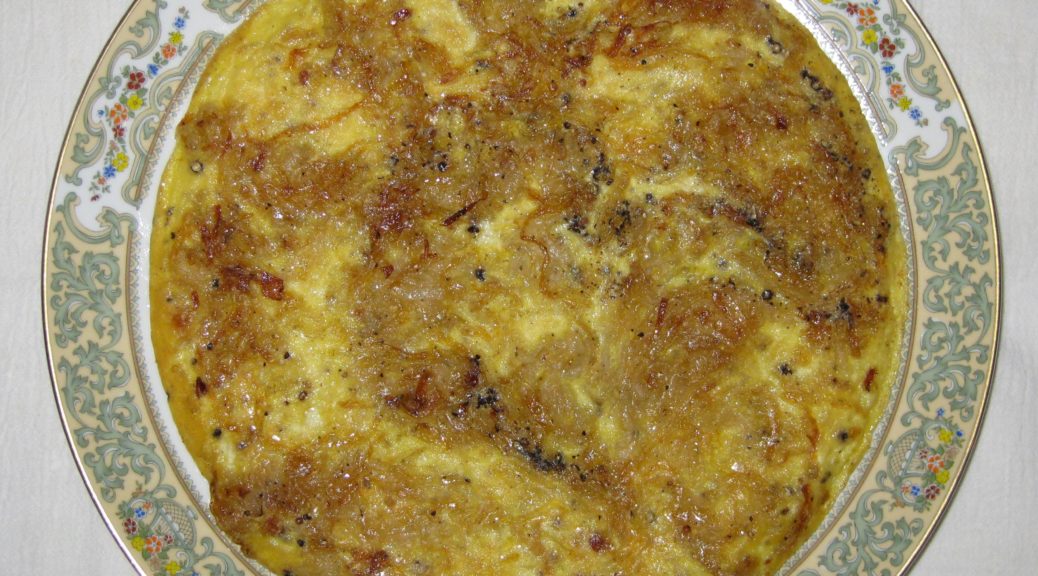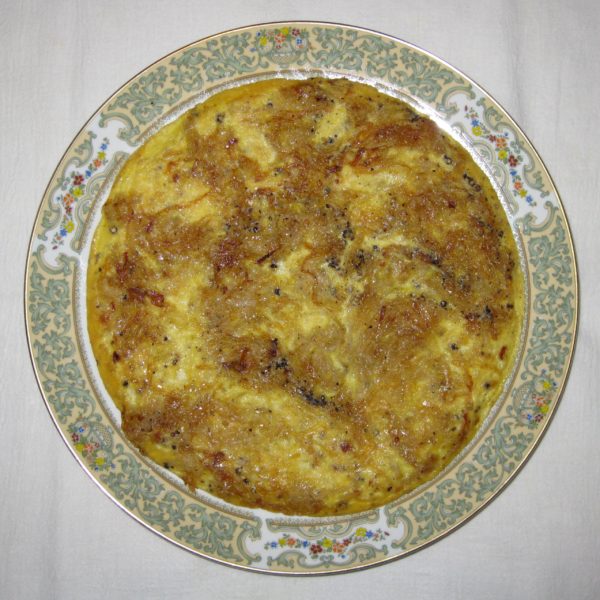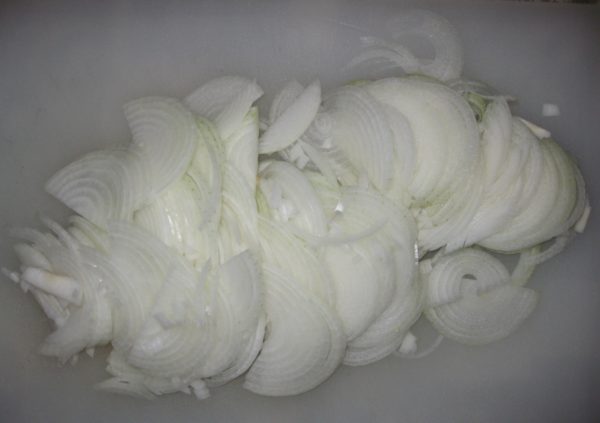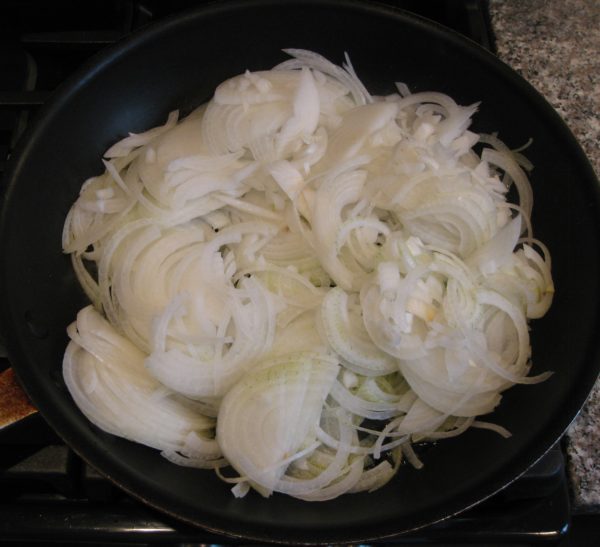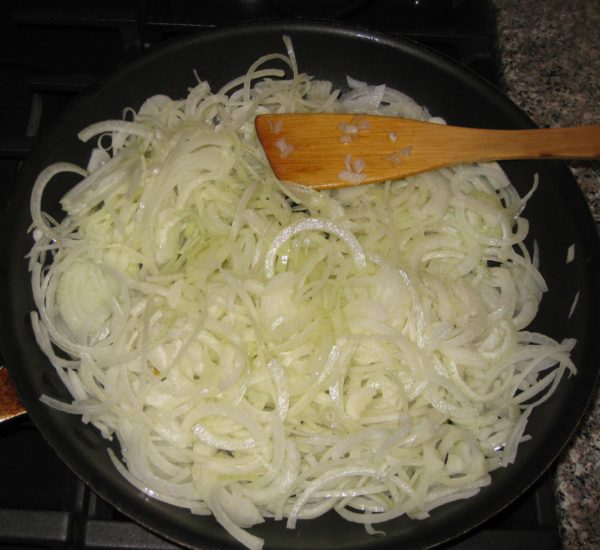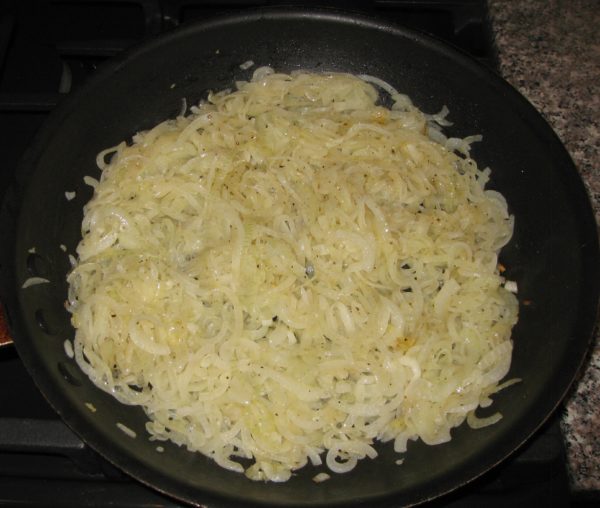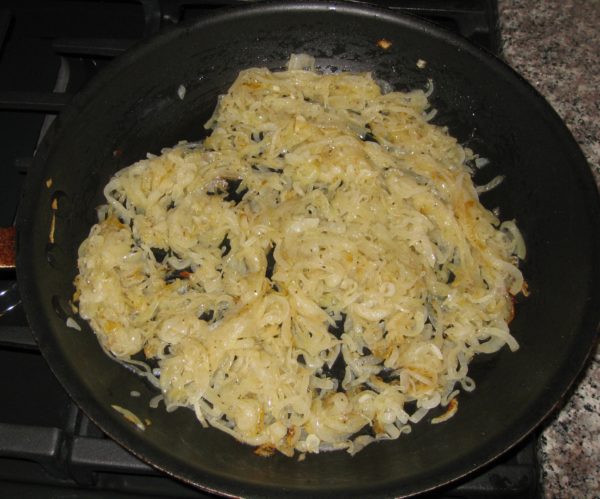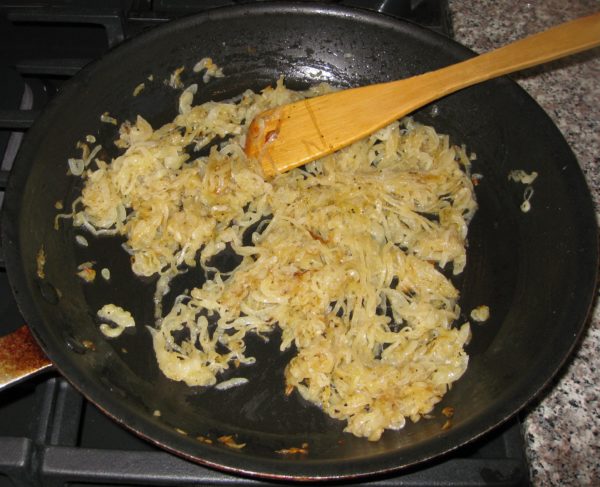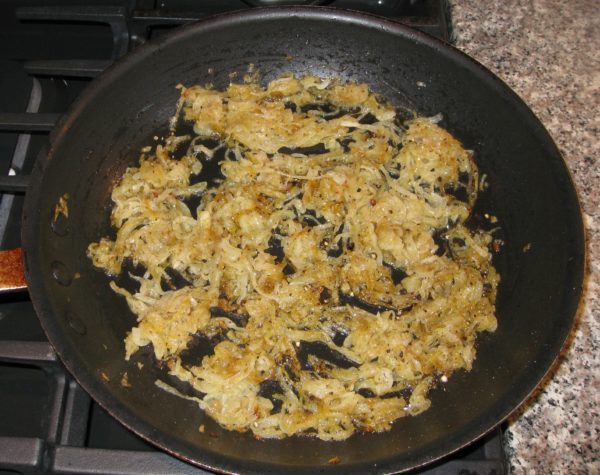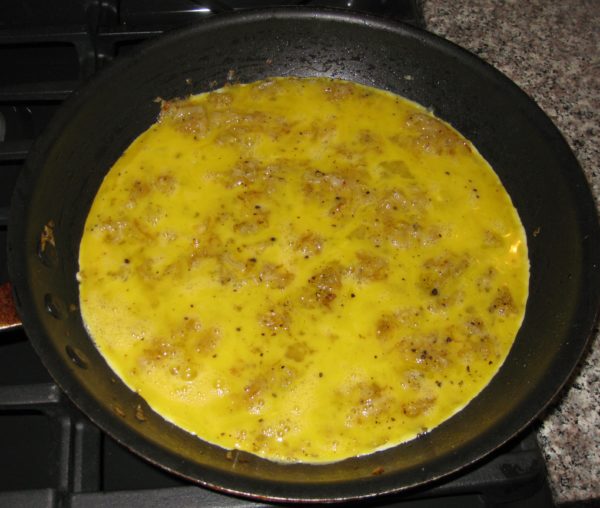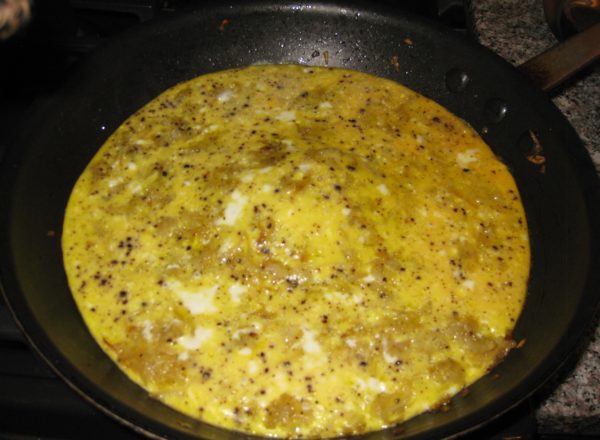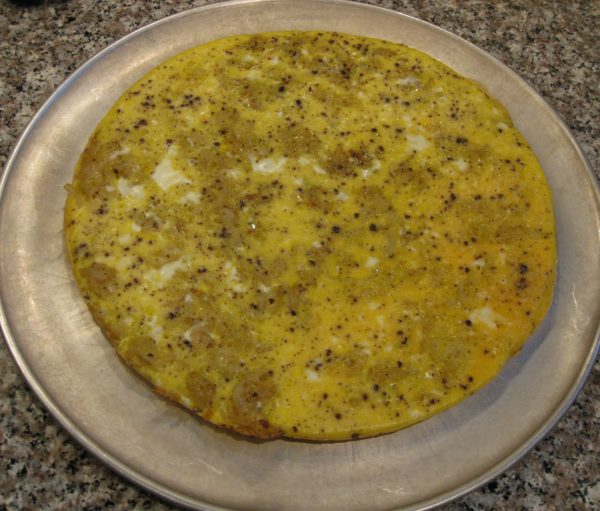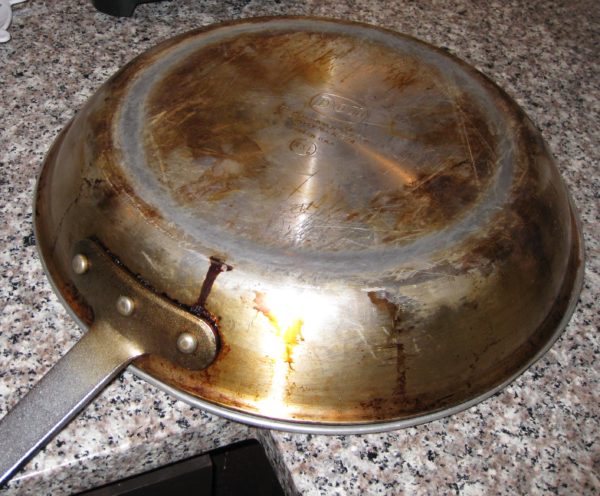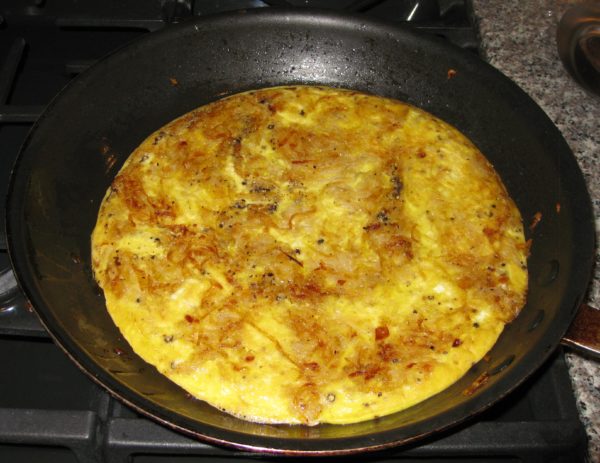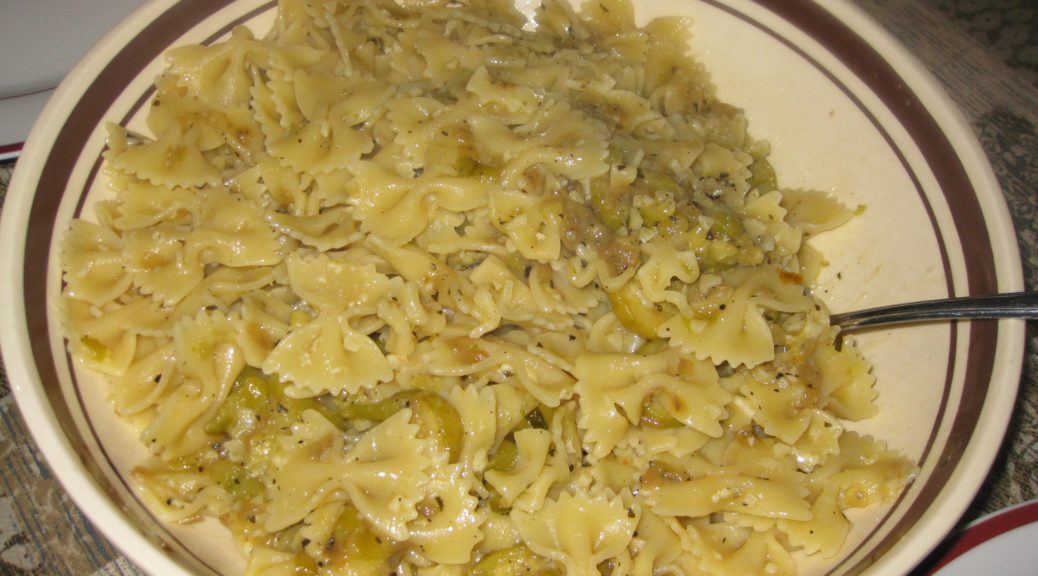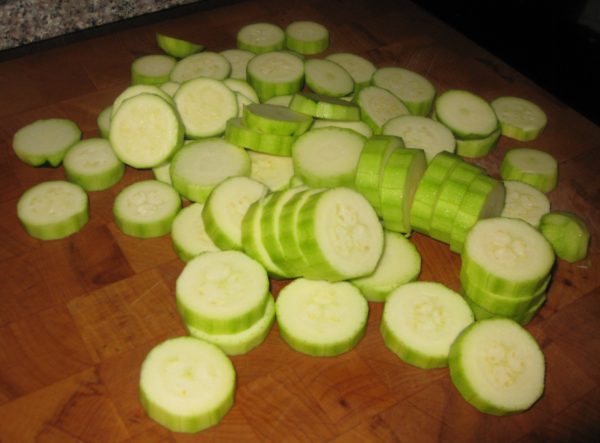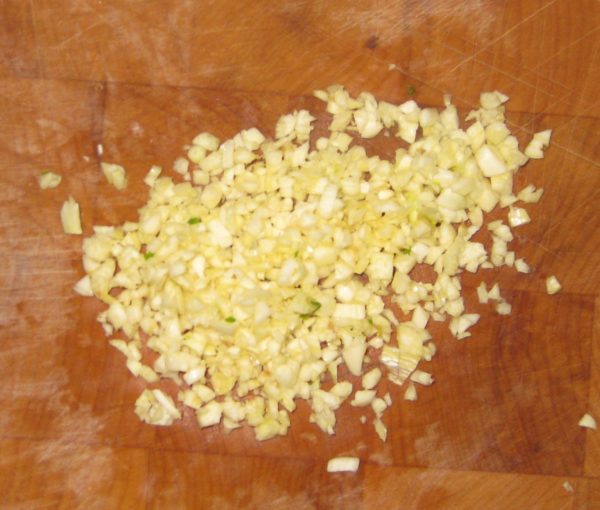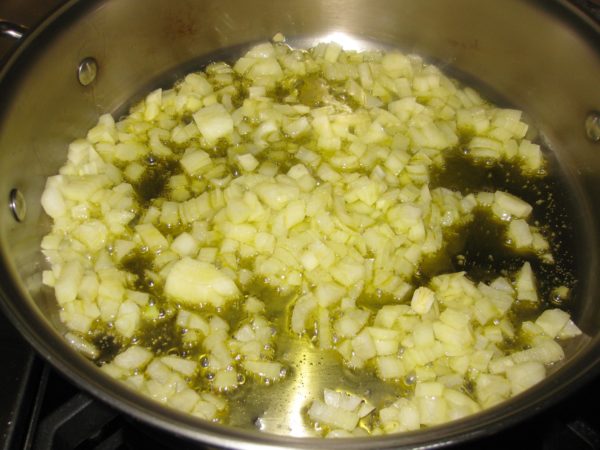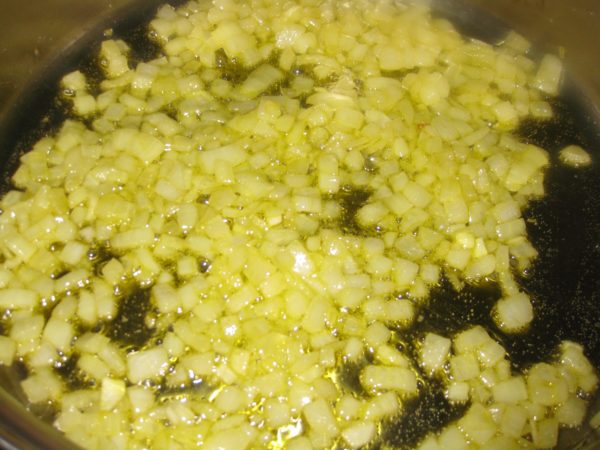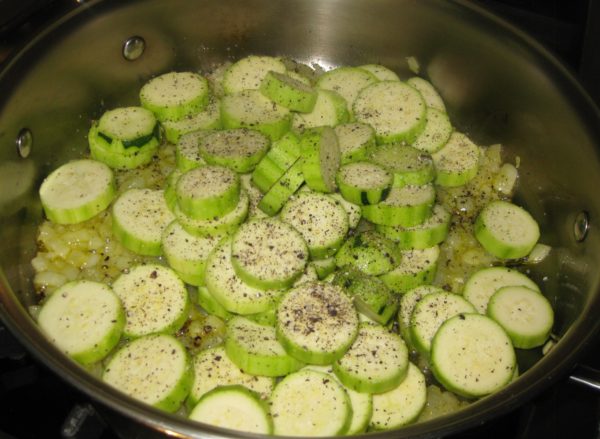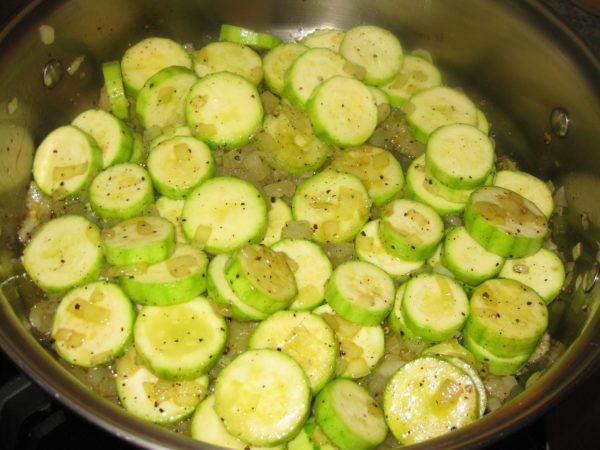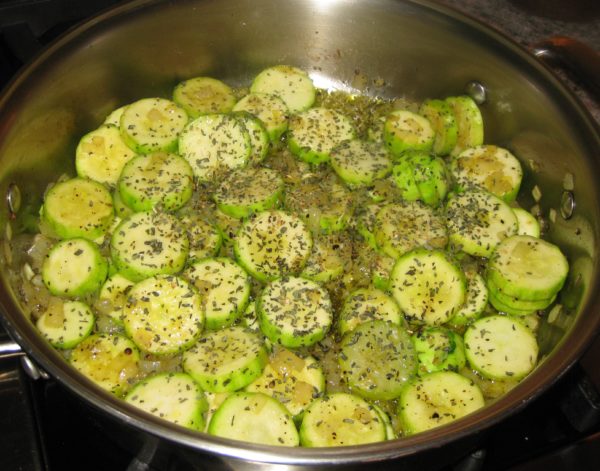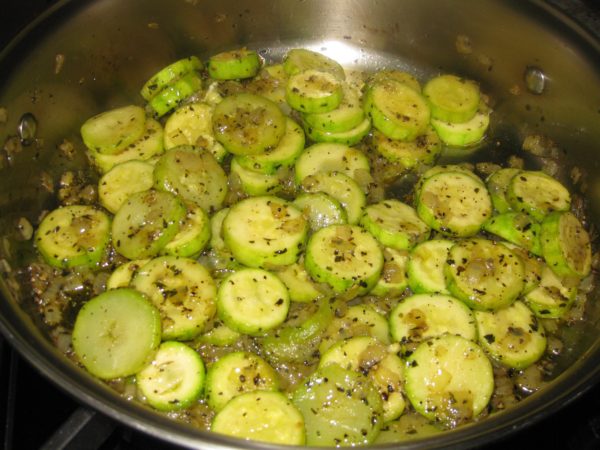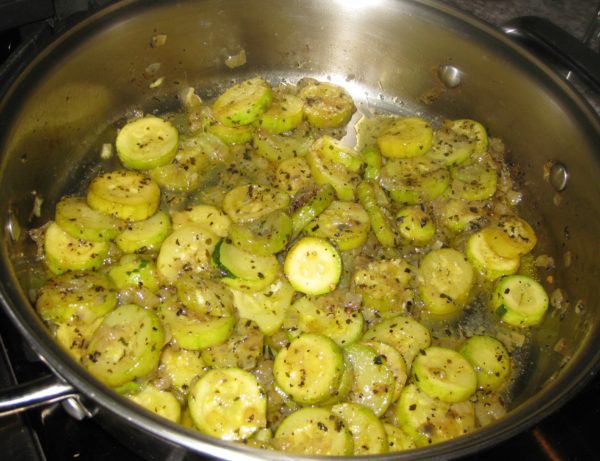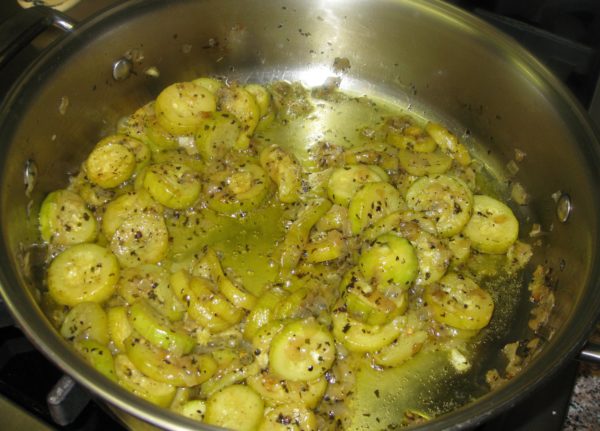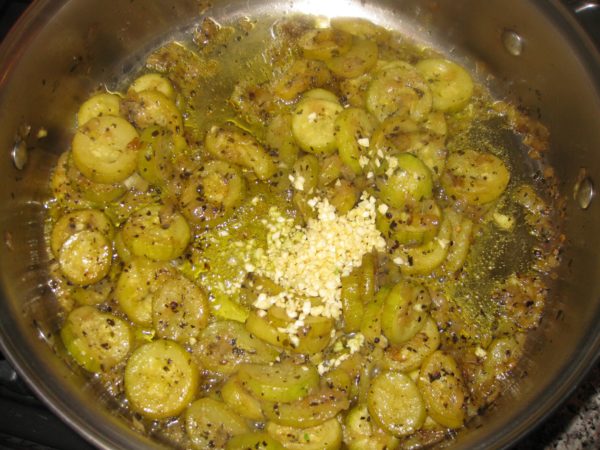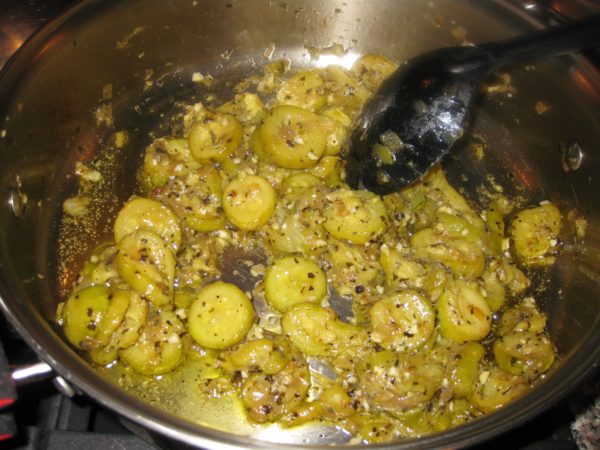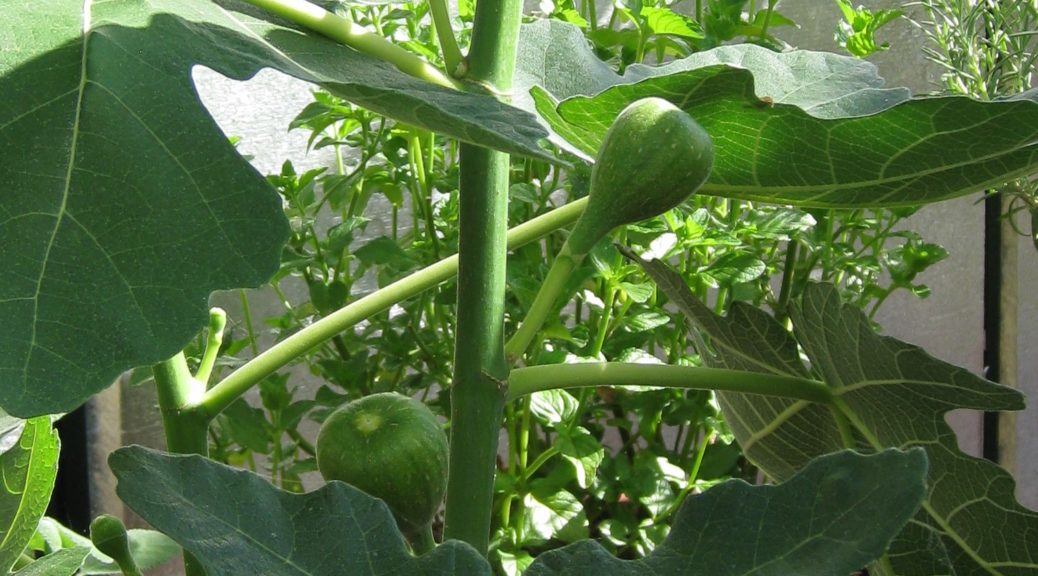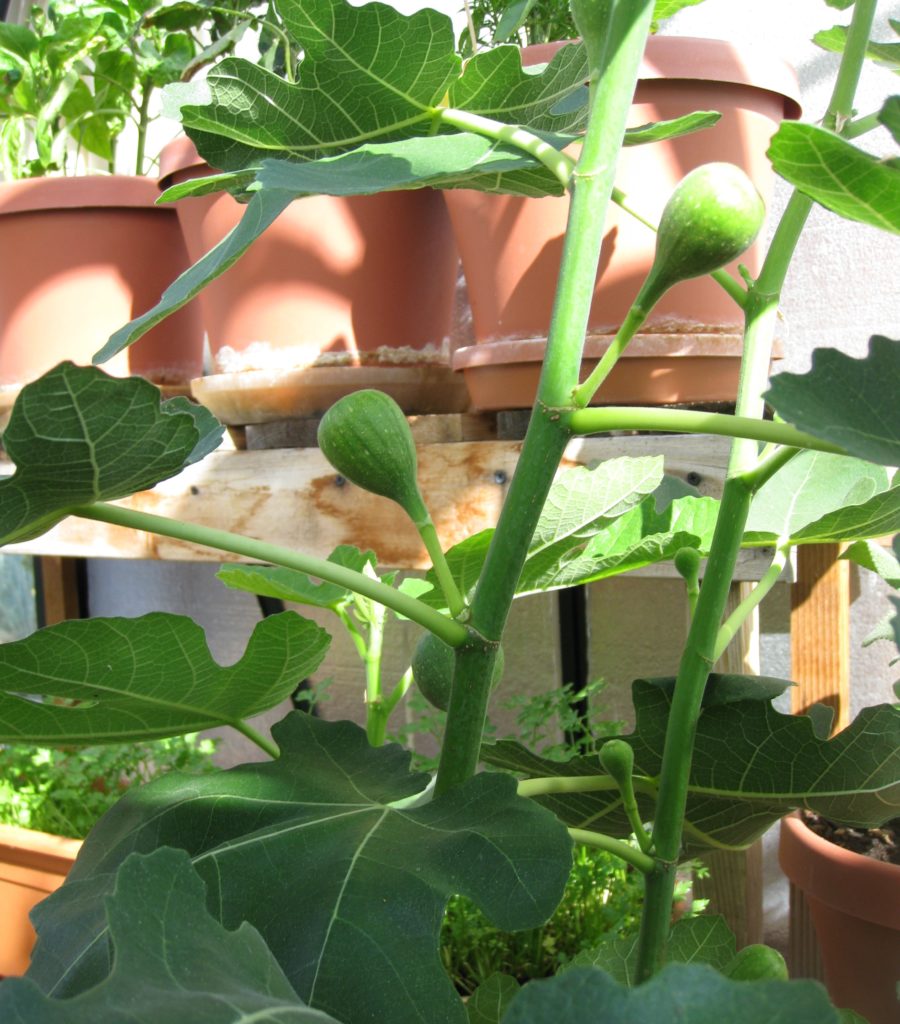Pollo alla Cacciatora (Chicken Cacciatore, in English) means Chicken Hunter’s Style and there are as many styles as there are hunters and cooks.
I grew up eating a Southern Italian version in a red sauce with peppers and mushrooms.
This recipe, using anchovies and no vegetables, is from Rome and goes back to the late 1800’s at least. I learned it from Auntie Helen. Auntie Helen was actually the aunt of Eugene (Gene) d’Aquili, my undergraduate advisor at the University of Pennsylvania and the psychiatrist with whom I set up my psychiatric practice in Philadelphia many years later.
Gene’s grandparents left Rome around the turn of the 20th century and moved to Trenton, New Jersey with their four children, Guido, Helen, Louise and a fourth daughter who died shortly after the move.
Gene’s father, Guido, was an artist and part of what was sometimes referred to as the New Hope School after a town of the same name in Pennsylvania on the New Jersey border. He painted a series of Old King Cole murals similar to the ones Maxfield Parrish painted for the St. Regis in New York City.
Those murals ended up on the walls of my dining room in Berwyn, Pennsylvania. For several years, from early medical school until partway through my internship, I rented the carriage house on the d’Aquili estate in Berwyn. The murals were installed in the dining room after the d’Aquili family purchased them from the social club in Trenton that had originally commissioned them.
Here are some pictures of the murals.

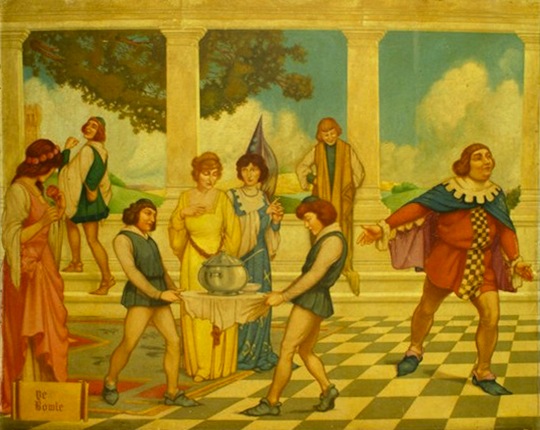


There is a blog that features the murals and information about them, if you’re interested.
Here is a picture of my parents, standing in front of one of the murals in my dining room. I believe this was taken in May 1981 when I graduated medical school.

Auntie Helen and Auntie Louise never married. They both became school teachers and lived in Morrisville, New Jersey until the early 1980’s when they moved into the carriage house on the d’Aquili estate that I vacated after I bought my first house.
Auntie Helen was a wonderful cook. This recipe for pollo alla cacciatora came from her, and before her, from her mother. Don’t let the anchovies put you off, even if you don’t like anchovies. The “fishiness” cooks away leaving a savory, umami flavor. I will bet you that none of your guests will guess that there are anchovies in this dish.
In addition to her other wonderful Italian specialties, including brodetto, panpeppato, and cheese bread, the last of which unfortunately I do not have a recipe, among others, Auntie Helen made some American dishes that were fashionable at the time including Impossible Tuna Pie!
I want to give a shout out to Julie Paradise for reintroducing me to Impossible Pies. Julie is the master of the genre and her pecan version is going to end up on my table soon!
Follow us
Click HERE to join our mailing list and you’ll never miss a recipe again!
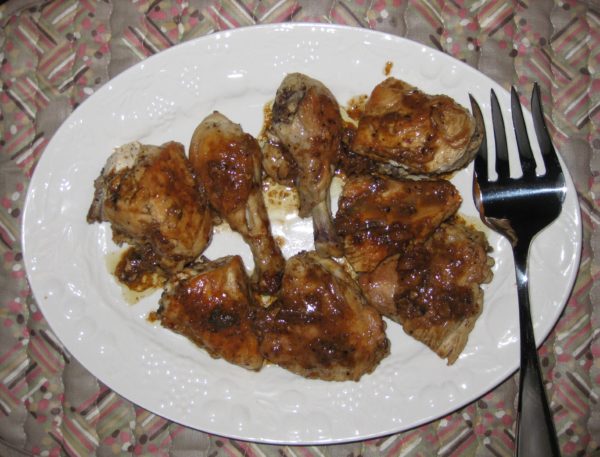
| Prep Time | 15 minutes |
| Cook Time | 2 hours |
| Servings |
people
|
- 1 3 1/2 to 4 pound chicken
- 3 cloves garlic
- 1/4 cup extra virgin olive oil
- 1 x 2 ounce can anchovies
- 1 1/2 tablespoons red wine vinegar
- 1/4 cup water plus additional as needed
- 1/3 teaspoon dried oregano
- salt to taste
- black pepper freshly ground, to taste
Ingredients
|

|
- Cut the chicken into pieces, legs, thighs, and breasts. You can cut the breasts in half crosswise if you like. Reserve the back and wings for another use.
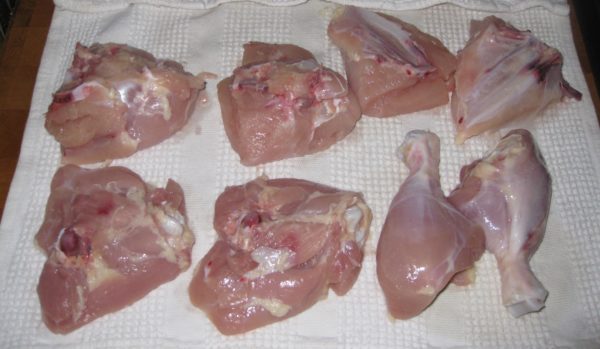
- Remove the skin from the chicken.
- Bruise the garlic with the side of a chef's knife.
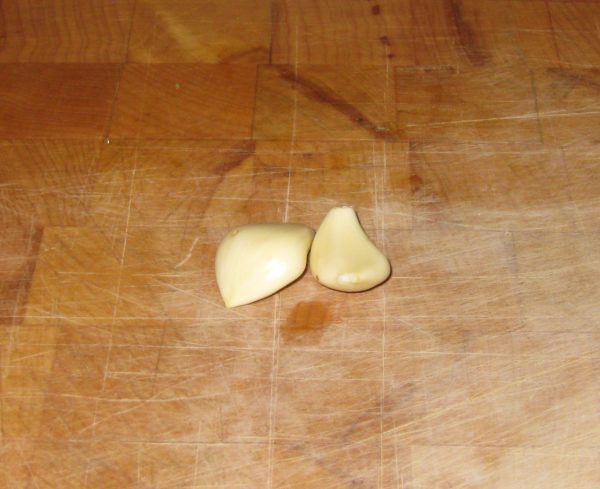
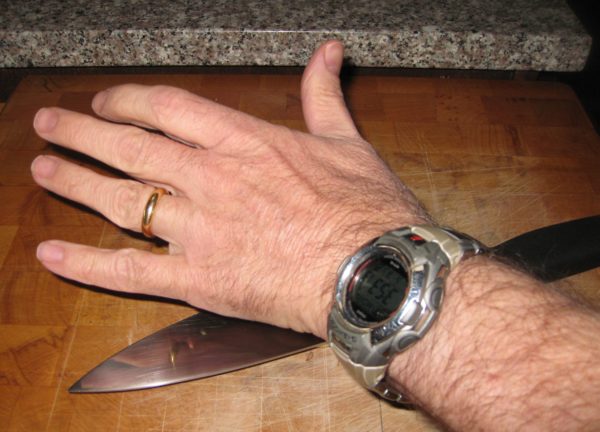
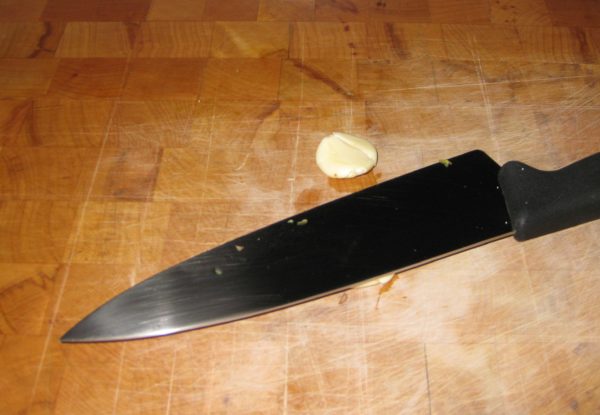
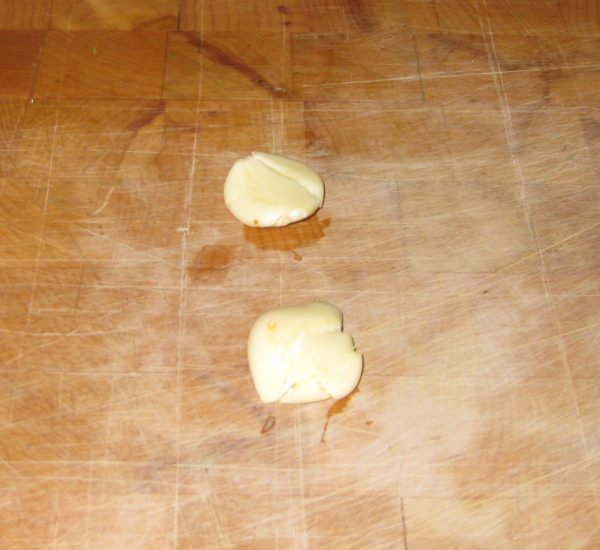
- In a skillet large enough to comfortably hold the chicken, and that has a lid, heat the olive oil until it is almost smoking.
- Add the chicken. Do not disturb the chicken until it is crusted and releases easily from the pan, 4-5 minutes.
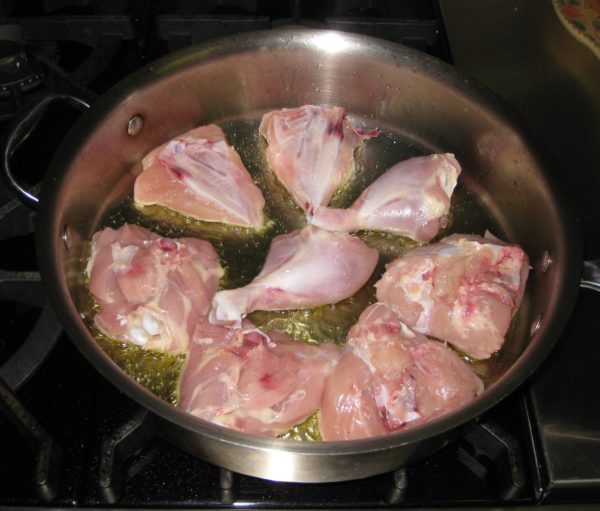
- Turn the chicken over. Add the bruised garlic to the pan. Brown the other side of the chicken, adjusting the heat as necessary to prevent the olive oil from smoking.
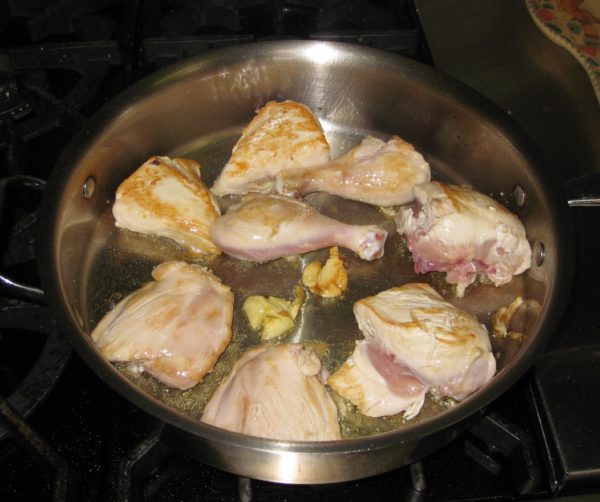
- If the garlic starts getting dark brown, remove it before it burns. Reserve the browned garlic, however.
- When the chicken is well browned on all sides (legs don’t really have “sides” so you will need to turn them around a bit), add the anchovies and their oil. They will splatter a bit.
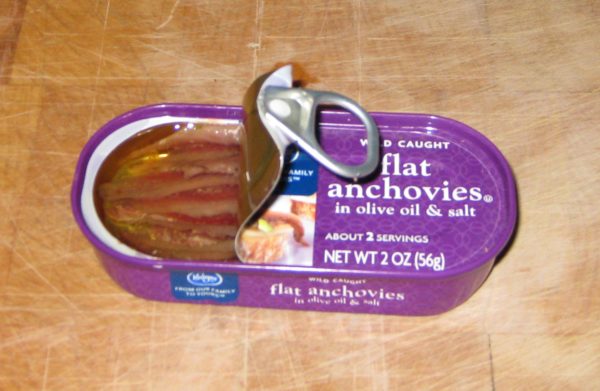
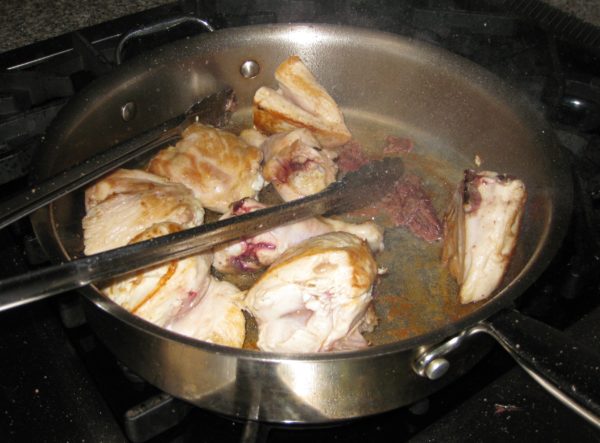
- Work the anchovies with a spoon so they start to disintegrate.
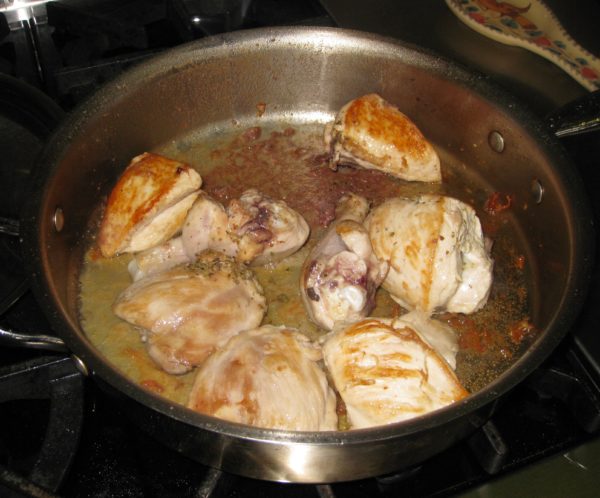
- Have the cover ready. Turn the heat to low. Add the water and quickly cover the pan to reduce splattering. Wait 2-3 minutes until the rapid sizzling has slowed down.
- Turn the chicken. Add the vinegar and return the browned garlic to the pan if you removed it earlier. If the water has evaporated when you remove the lid to add the vinegar, add another two tablespoons of water along with the vinegar and garlic. Add oregano and season with salt and pepper, to taste.
- Braise covered for 1 ½ to 2 hours on gentle heat, turning every 20-30 minutes. Add water, two tablespoons at a time, whenever the liquid in the pan has evaporated.
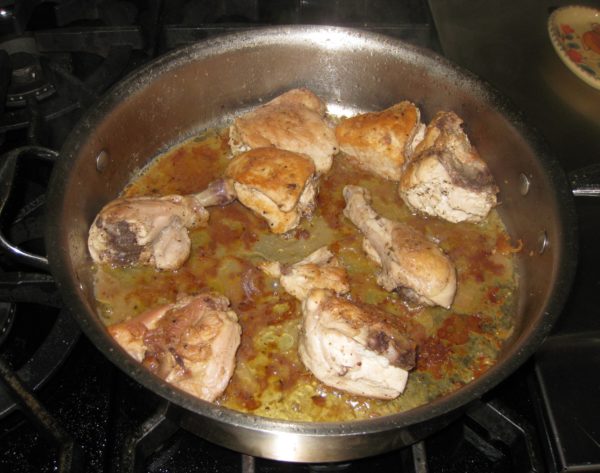
- Add an extra grinding of pepper before removing the chicken from the heat. Adjust salt if necessary.

Here is my recipe for Polenta.
Copyright © 2017 by VillaSentieri.com. All rights reserved.


